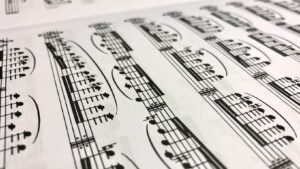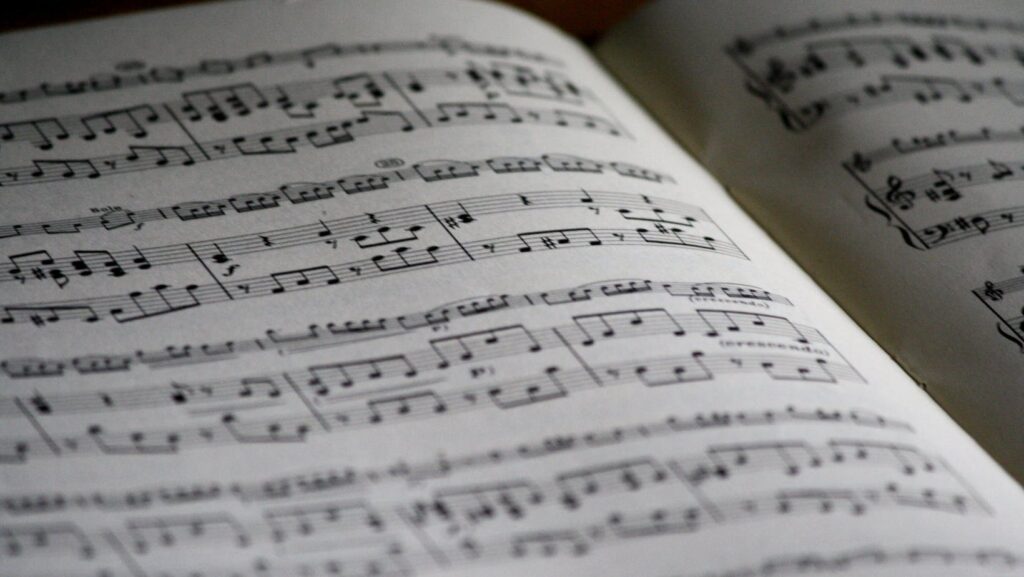In the realm of music theory, understanding the concept of phrase music is essential for appreciating the structure and flow of musical compositions. A phrase in music can be likened to a sentence in language, where a series of notes come together to form a coherent musical idea. These musical phrases play a crucial role in shaping the overall narrative and emotional impact of a piece.
By delving into the definition of phrase music, music enthusiasts can gain insight into how composers use these building blocks to create tension, release, and thematic development within a composition. Whether it’s a melodic phrase that captivates the listener or a rhythmic motif that drives the momentum, recognizing and interpreting musical phrases adds depth to the listening experience.
Phrase Music Definition

A musical phrase in phrase music definition refers to a cohesive musical unit, similar to a sentence in language. Just as a sentence forms a complete thought, a musical phrase conveys a complete musical idea. It consists of a series of notes that come together to create a distinct melody within a piece of music.
The components of a musical phrase include motifs, cadences, and themes. Motifs are short melodic or rhythmic ideas that serve as the building blocks of a musical phrase. Cadences provide points of rest or resolution within a phrase, much like punctuation marks in a sentence. Themes are recurring melodic ideas that help unify a composition and strengthen its overall structure.
By understanding these components, musicians can appreciate how composers use musical phrases to develop themes, build tension, and create emotional impact within a piece of music.
Importance of Phrasing in Music Composition

Phrasing in music composition plays a crucial role in conveying emotions and telling a story. Just like punctuation in written language, musical phrases guide the listener through the narrative of a piece. By carefully shaping and interpreting these phrases, composers can evoke different moods, build tension, and create a sense of continuity in the music. For example, a soft, legato phrasing can convey a sense of tranquility and fluidity, while a sharp, staccato phrasing may express tension or urgency.
The concept of phrasing transcends musical genres, as it is a fundamental aspect of music composition across various styles. Whether it’s classical, jazz, rock, or electronic music, phrasing influences how melodies are structured and interpreted within a piece. Each genre may have its own conventions and stylistic approaches to phrasing, contributing to the unique sound and feel of that particular musical style. For instance, jazz music often emphasizes improvisation and rhythmic flexibility in phrasing, allowing musicians to express themselves freely within the context of a piece. Similarly, in classical music, phrasing is meticulously notated to guide performers on how to articulate and shape musical phrases according to the composer’s intentions.
Analyzing Famous Musical Phrases

In classical music, composers like Ludwig van Beethoven and Wolfgang Amadeus Mozart are renowned for their masterful manipulation of musical phrases. For instance, Beethoven’s Symphony No. 5 opens with one of the most iconic musical phrases in history, known globally as the “Fate motif.” This short, four-note motif sets the tone for the entire symphony, conveying a sense of drama and tension that permeates the piece.
In modern music, artists across various genres continue to innovate with their use of musical phrases. For example, in pop music, the chorus of a song often features a catchy musical phrase that sticks in the listener’s mind. Consider the repetitive yet captivating phrases in hits by artists like Beyoncé or Taylor Swift, which contribute to the song’s overall catchiness and memorability.
In electronic music, producers leverage repetitive phrases and motifs to create hypnotic rhythms and build immersive sonic worlds. Artists like Daft Punk and Tiesto excel in crafting intricate musical phrases that drive the energy of their tracks and keep audiences engaged on the dance floor. This distinctive approach to phrasing sets electronic music apart and showcases the genre’s unique focus on sonic textures and rhythmic patterns.
